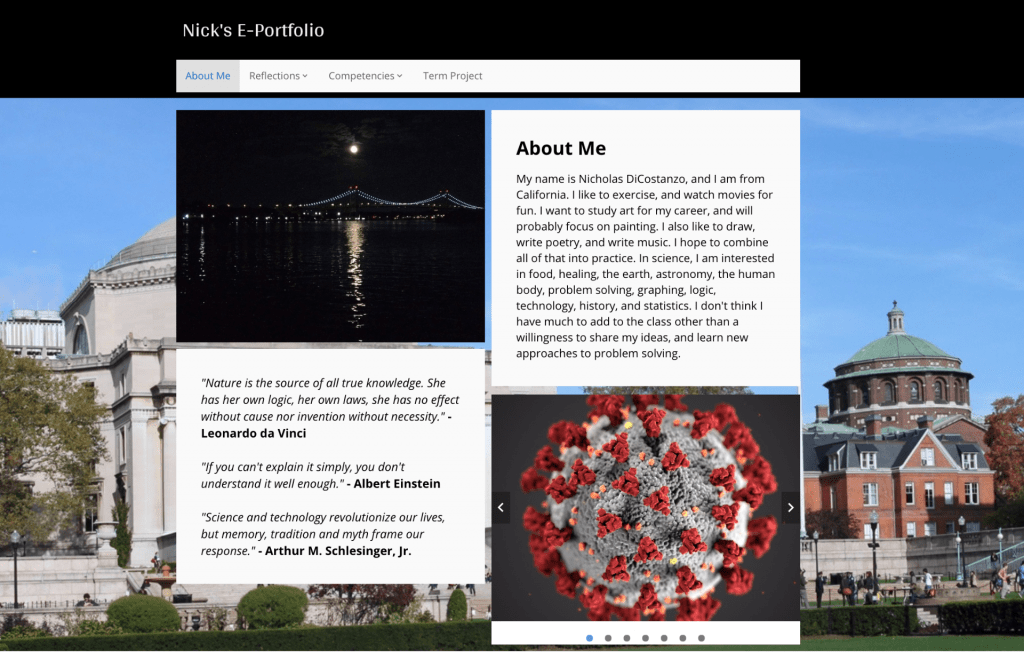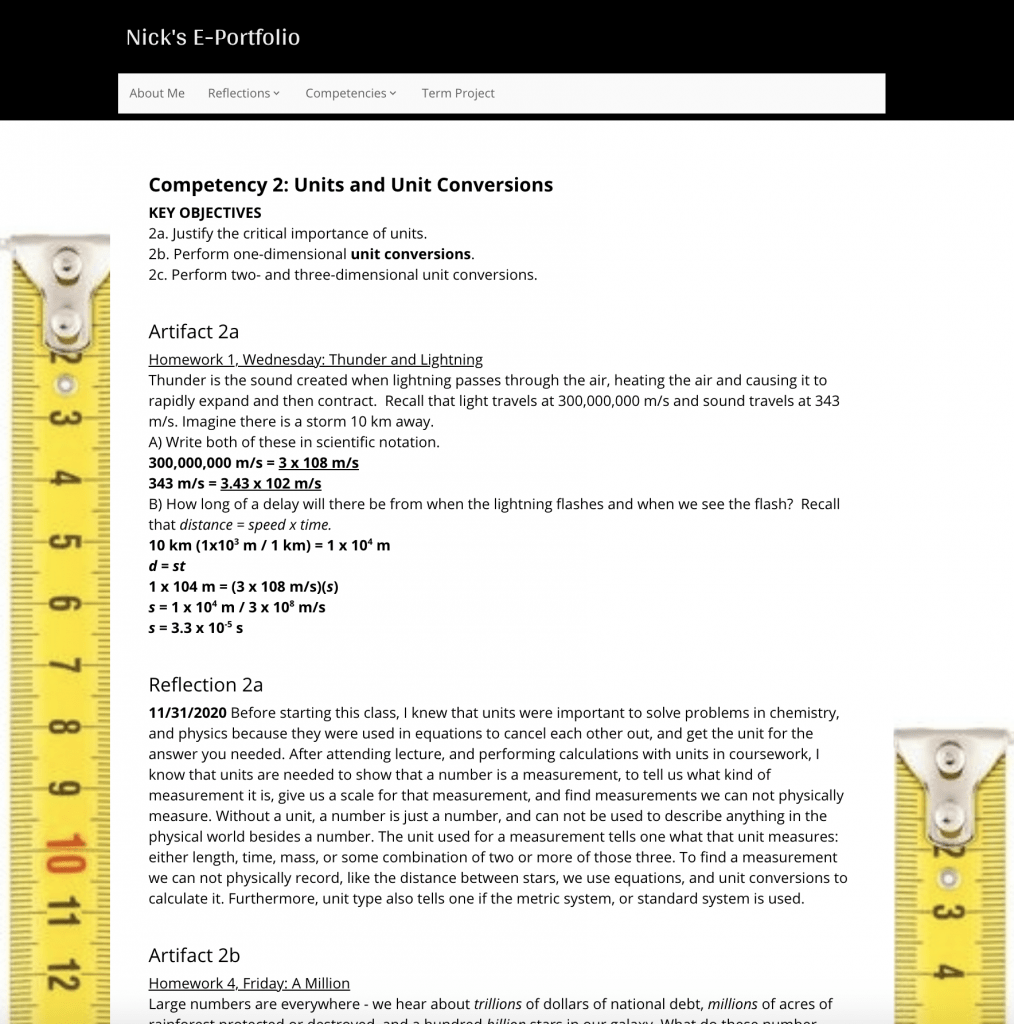Statia Cook
 Lecturer in the Discipline of Astronomy
Lecturer in the Discipline of Astronomy
Statia Cook shares her experience with online teaching in Fall 2020.
This fall, I co-taught an introductory science course in the College of General Studies called Foundations of Science. We were fully remote, and we had 23 students. To adapt this class to online learning, we sought not only to minimize the drawbacks of the online environment, but to capitalize on some advantages of this modality.
We replaced most in-class lecturing with ~20-minute recorded lectures and video tutorials that students completed before class. Student questions on lecture material were posted to a CourseWorks Discussion Board and answers were shared both in our synchronous Zoom classes and on CourseWorks. This allowed us to maintain a two-way dialogue about lecture material, while focusing class time on discussions and group activities.
One unique tool we used to foster community AND to assess learning in the online environment was the platform Digication. With help from CTL, we had each of our students use Digication to generate a digital portfolio of work over the course of this semester. In their home pages, students described their individual backgrounds and interests. Weekly written reflections encouraged students to engage more deeply with the material, and provided us—their instructors—with a window into their thinking.
In perhaps the most important part of their online portfolios, students provided artifacts from homework, exams, or in-class work to demonstrate competency in the course learning objectives. Given the range of challenges that students faced during exams—from internet problems to local distractions—it was especially important for us to provide alternative ways for students to demonstrate their learning.
As a final project, our students wrote news-style articles based on scientific studies of their choice; the ePortfolios allowed them to publish this work in a visually engaging and accessible way. We also conducted a final symposium, using the online hangout space “Wonder,” which allowed students to freely explore one another’s projects and ask each other questions. Students loved the chance to connect more informally and celebrate one another’s work.
At the end of the semester, we surveyed students about the rewards and challenges of the ePortfolio assignment. Some of the highlights for students were:
“being able to explain the lessons learned in my own words”
“seeing the final product and reviewing everything I learned in the semester”
“being able to be creative in science”
“document[ing] my learning process from not knowing something to getting to know something”
However, it is important to note that some students had difficulty working with Digication and found building their ePortfolios to be an “extremely time consuming process.” In general, despite many successes using online tools in the classroom, the need to learn and use multiple online platforms and tools was burdensome for some students. One thing that I found helpful for students was to post short videos on CourseWorks demonstrating how to use the different course tools.
A second suggestion I have for the online environment is to edit, edit, edit—that is, prioritize the most important learning objectives, concepts, assignments, activities, and tools; and leave out at least 20% of what you would cover in a ‘normal’ semester. This is especially crucial if you plan to introduce new, involved assignments such as ePortfolios.
Voices of Hybrid and Online Teaching and Learning
Learn about the perspectives and experiences of teaching and learning during the pandemic.


